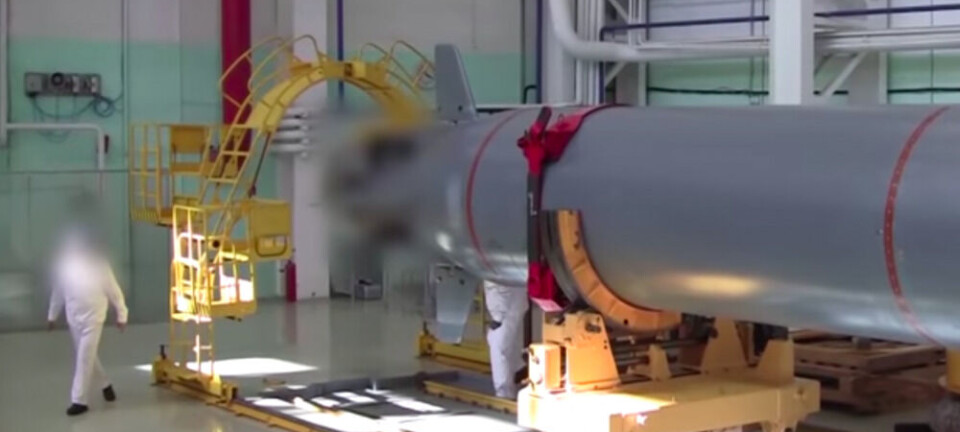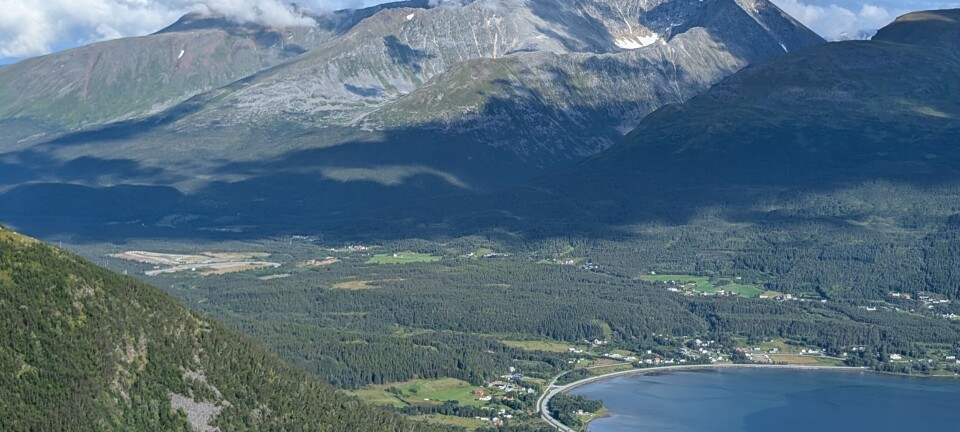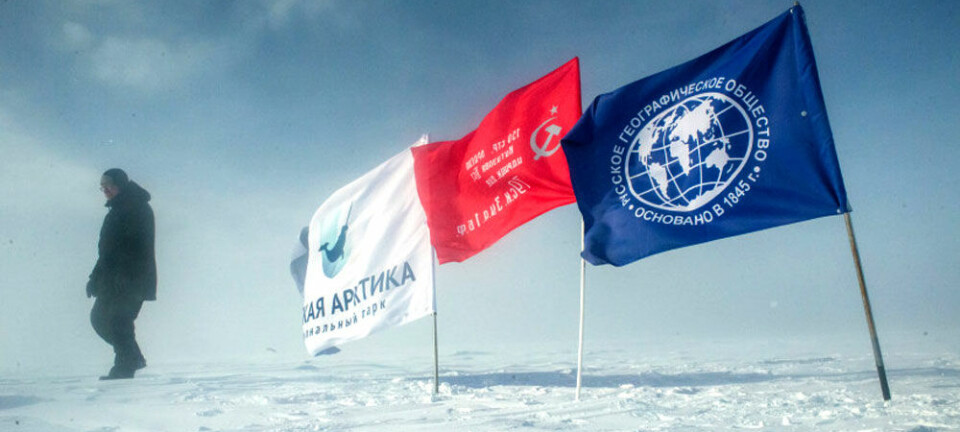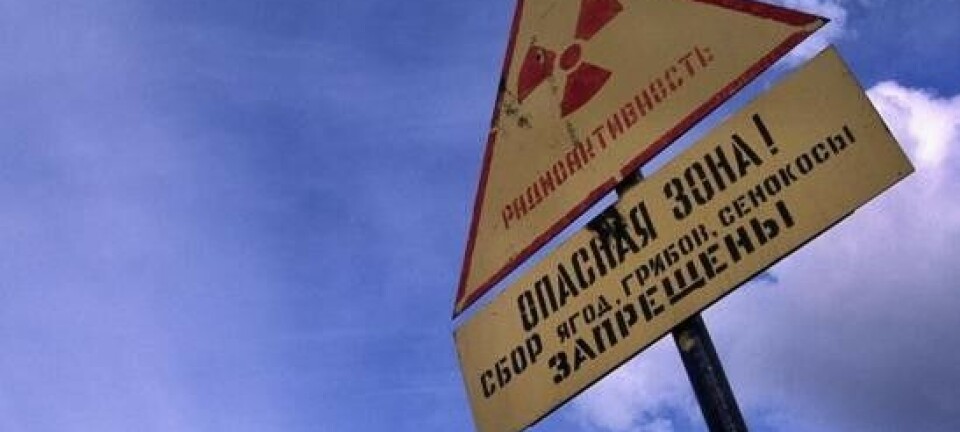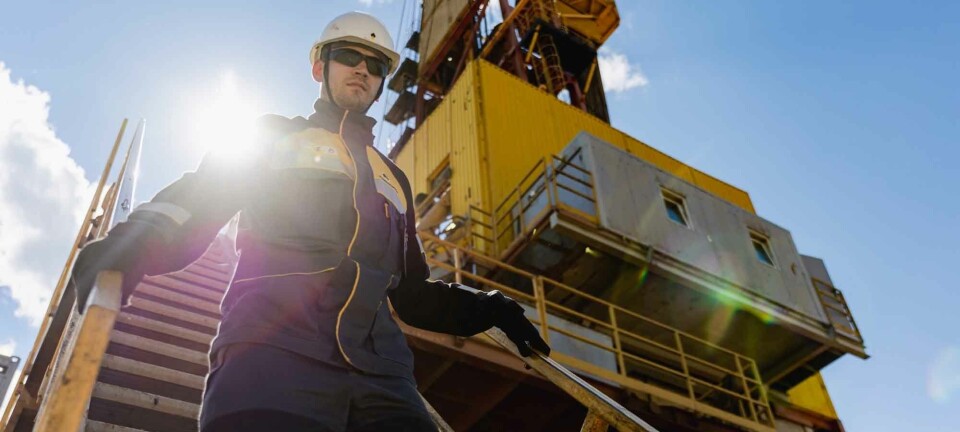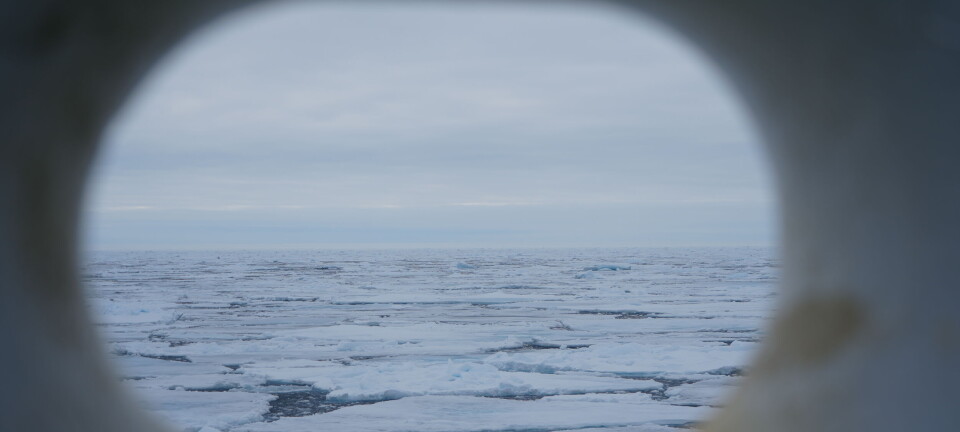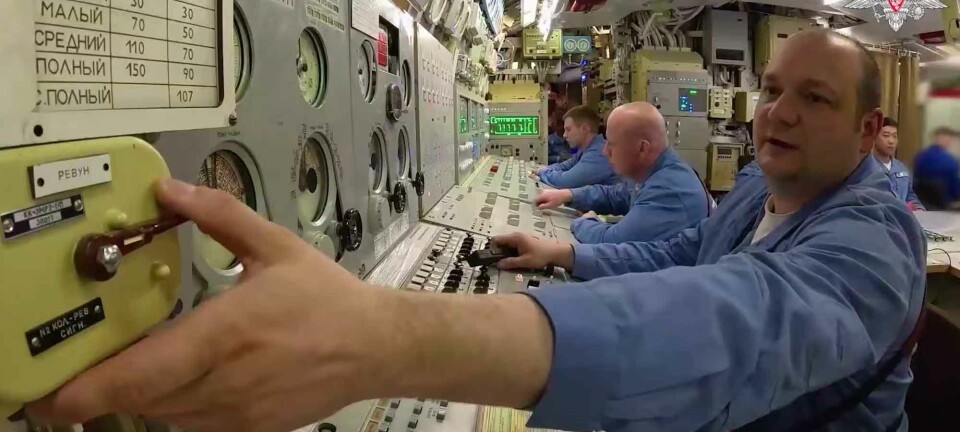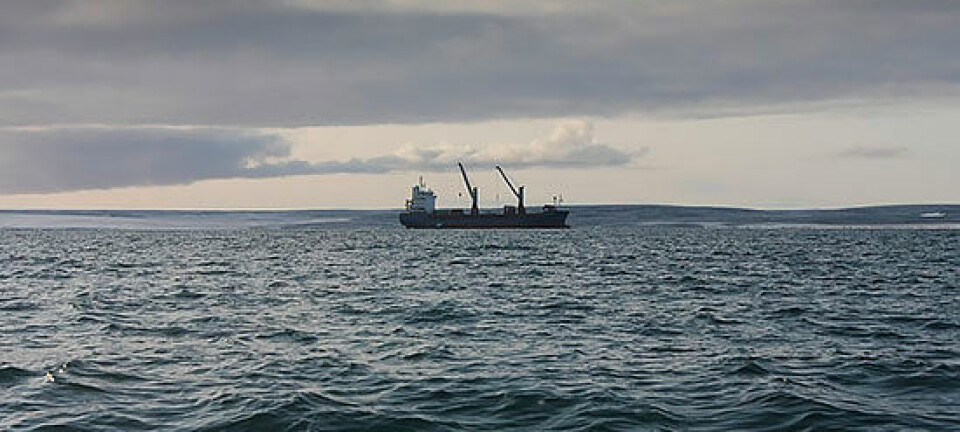- Russia is not ready for Arctic oil
Russia’s first platform for permanent oil-drilling in the Arctic arrives on-site in the Pechora Sea this weekend. Murmansk environmentalists Anna Kireyeva and Andrei Zolotkov fears oil-spill and no public insight into the remote located operation.
The Prirazlomnoye platform left Murmansk earlier in August after being equipped and prepared for the harsh Arctic climate and ice-conditions. Before Murmansk, the platform was under reconstruction for nine years at the Sevmash yard in Severodvinsk.
- The platform is made from second hand spear parts that is not designed for drilling in ice-covered Arctic waters, says Andrei Zolotkov, director of Bellona Murmansk, a regional public organization working with environmental issues.
Originally, the Prirazlomnoye platform is a re-built 27-year old platform that was retired from North Sea drilling operations when the Russian oil-company Sevmorneftegaz bought it from Norway in 2002. The platform was then named Hutton. The company later became a wholly owned subsidiary of Gazprom.
A press-release that was posted at the portal of GazpromNeftShelf when the Prirazlomnoye platform was towed from Murmansk last week says the drilling at the field in the Pechora Sea will start before the end of the year.
Bellona Murmansk has together with other Russian environmental organizations asked for documentation about the oil-spill preparedness for the platform.
- The answer we get is that all such documents are secret, says Andrei Zolotkov.
The environmentalists later issued a joint statement where they say that “The development of the Prirazlomnoye field is unacceptable due to ecological risks.”
- How can they improve the ecological safety mechanisms if the documentation is classified, asks Zolotkov. He points to the Russian environmental legislation that clearly says no information important for the environment can be kept secret.
Anna Kireyeva is working for Bellona Murmansk with environmental information. She says nothing is published by the company regarding how possible oil-spill in the ice-covered waters will be handled.
- I am sure if something happens at the Prirazlomnoye field it will be kept secret, says Anna Kireyeva. She is skeptical to the rush for big-oil in the Arctic.
- This secrecy is an illustration of the approach on how Russian oil companies will behave in the Arctic. They say the right things, but that has nothing to do with what they do in practice. Access to environmental information is just such an obligatory thing, says Kireyeva.
Prirazlomnoye field is located in the Pechora Sea south of Novaya Zemlya. The water is ice-covered half of the year.
- The field is so far from the population that nobody will see what happens. And when we can’t see what is going on, the company can say whatever they want without being contradicted by anyone.
The oil-field is 1,200 kilometers from Murmansk and 60 kilometers off the shore of Nenets Autonomous Okrug. When the first of the 40 wells at the field will be drilled later this year, it represents a new era in the Russian Arctic. The platform is the first ever production platform for oil offshore in the Arctic. Oil products from the field will be shipped in special ice-classed tankers to the ice-free port of Murmansk, where the oil will be re-loaded to lager oil-tankers for the world markets.
GazpromNeftShelf writes in a press-release that special attention was placed on environmental safety issues during the construction of Prirazlomnoye. In particular, a zero discharge system of drilling and production wastes was created onboard the platform. The platform is according to the company fully adapted for operating in severe natural and climatic conditions and designed for the maximum ice loads.
Bellona-Murmansk, WWF and Greenpeace Russia write in their statement: …”if a spill occurs during wintertime, the first-response services will have to operate in the dark – the polar night holds for several months in this area – a major adverse factor that may affect the efficiency of cleanup works. Further complicating the cleanup will be the numerous storms and high waves prevalent in the region, the fog, and the thick ice, all affecting manoeuvrability.”
The Prirazlomnoye field contains 72 million tons of oil reserves, and the estimated annual production will be more than six million tons.



